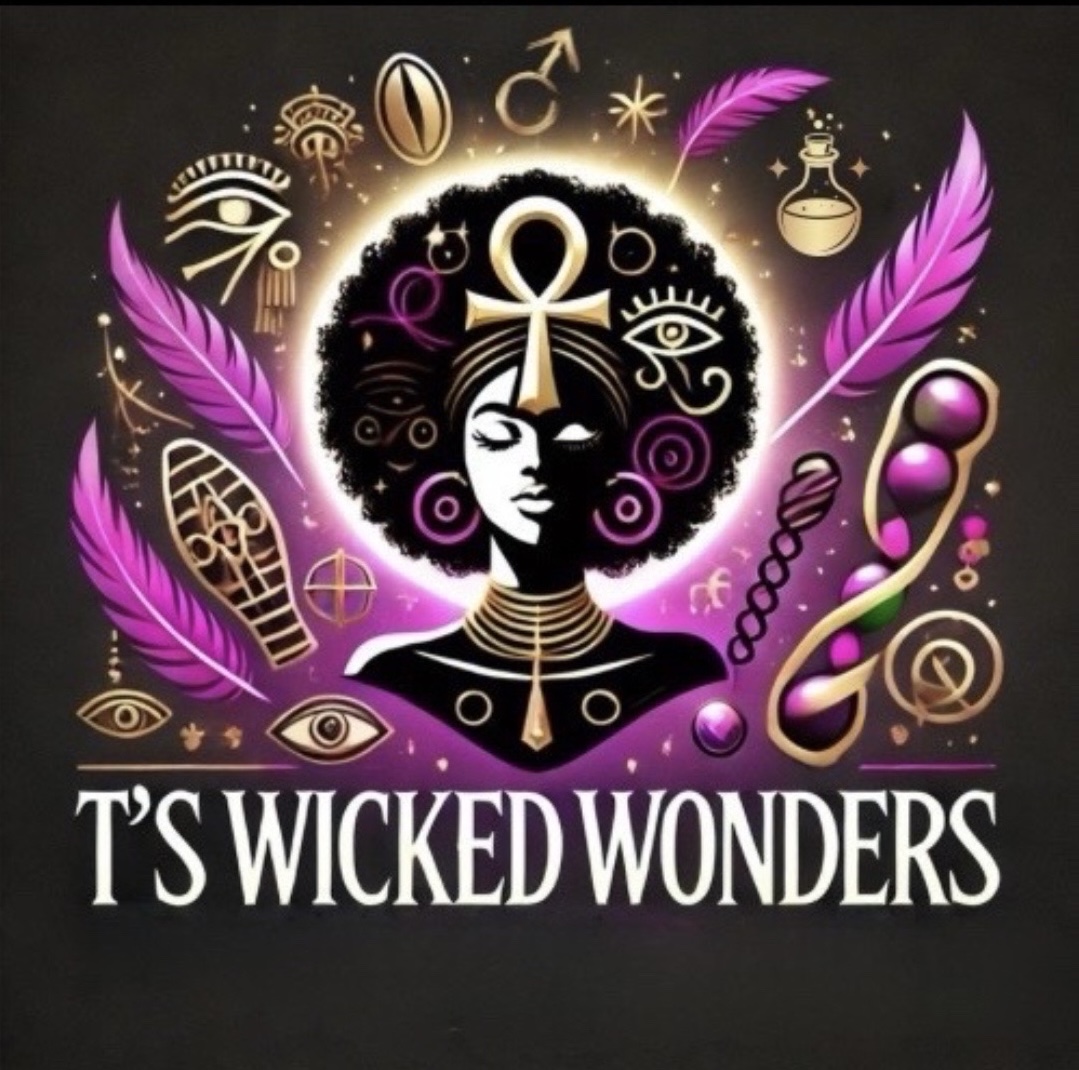Mythical and Magical Creatures Pt. 5
- T's Wicked Wonders

- Apr 29, 2019
- 3 min read
The Arabian mythical phoenix had brilliant gold, red and purple feathers, it was the size of an eagle. The phoenix was made up of the elements of the cosmos, every five hundred years it burns itself on a funeral pyre and from the ashes a new phoenix is born. The Greek phoenix was not consumed by fire and every five hundred years it built a nest out of cinnamon, spikenard and myrrh in the branches of an oak and there it takes its last breath. From its lifeless body a young phoenix is born, the newborn phoenix carried the nest to the city of Heliopolis in Egypt and offered it in the temple of the Sun. The Roman philosopher Pliny claimed an actual phoenix was on display in the Roman Forum during the reign of the Emperor Claudius, who ruled between 41 and 54 CE. The resurrected phoenix was the symbol of alchemist’s quest to turn base metal into gold.
In China and Japan the people believed the phoenix would bring long life and health, images of the phoenix were worn or carried to ensure this. In China Feng Huang, the male phoenix was a vermillion bird made of flames and considered the symbol of positive yang energy associated with the Sun. The female phoenix, the yin energy is called Hou-ou and is considered the bird of the Moon.
The Quetzals are four species of birds from the Central and South American rainforests, said to have been the companions of the feathered serpent Quetzalcoatl. Quetzalcoatl was believed to have created humanity and to have been the bringer of fire, domesticated animals and maize. The laws and calendar were given by him, he instructed the priesthood and brought fertility and healing. The feathered serpents were part of Mayan, Aztec and Toltec, myth.
In remote parts of Mexico a feathered serpent lives in graves and must be left offerings in order for him to bring rain. Quetzalcoatl the Lord of the winds, travels through water, land and air to deliver the storm clouds ensuring rain. At one point Quetzalcoatl was tricked into leaving Mexico, but he made a promise that he would return in the form of a white-skinned, bearded man and this was to bring a new ago allowing him to reclaim his heritage.
The Arabian Night myth of the Roc, tells the tale of a huge bird with an enormous wing span, so gigantic that it obscured the Sun. Its strength was such, it could carry three elephants in its massive claws, with its strong wings it controlled the winds and from its eyes lightning flashed. The Roc only landed on Mount Oaf, the World Axis, it never came to Earth, its huge egg became a symbol of the Sun as it shone so brightly. Sinbad the sailor said the Roc carried him from his sinking ship, he then became stranded in the Roc’s nest on top of Mount Oaf. He was able to escape by tying himself to the Roc’s leg.
The magical thunderbird from North American Indian mythology, one of the first birds to appear at creation and chief of all the birds of the upper world, who are in never-ending battle with the land animals and their leader, the trickster raven. He is the bringer of rain which pours from a lake on its back as it flies, its eyes create lightning and its wings cause thunder. When the thunderbird flies, it is accompanied by eagles, it is associated with regulating the weather, it has control over the elements and can bring the sunshine, tame the winds and bring much needed rain. The thunderbird protects all the Indian nations from their enemy the Waziya (the North wind).
The albatross cares for its eggs on a floating raft, killing an albatross brings a curse to the perpetrator. In Japanese myth the albatross is a sacred bird and the servant of the chief god of the sea, seeing an albatross is good luck. Bird of Paradise also called the Bird of god, had brilliantly coloured plumage and it was without wings or feet, using its tail feathers to hang from trees. It dropped its eggs from the tree onto the ground, as they broke full-grown birds emerged.
The ancient Persians believed the touch, sight, or shadow of The Bird of Paradis (the Huma) brought good fortune. If Huma perched on the head of a person, they would become a great leader or even a king. In Slavic folklore Mater Slava (Mother Glory), or Mater Sava (Mother Owl), took the shape of a brightly coloured bird, each of her feathers shone a different colour, armies were led by her to death or victory.












Comments